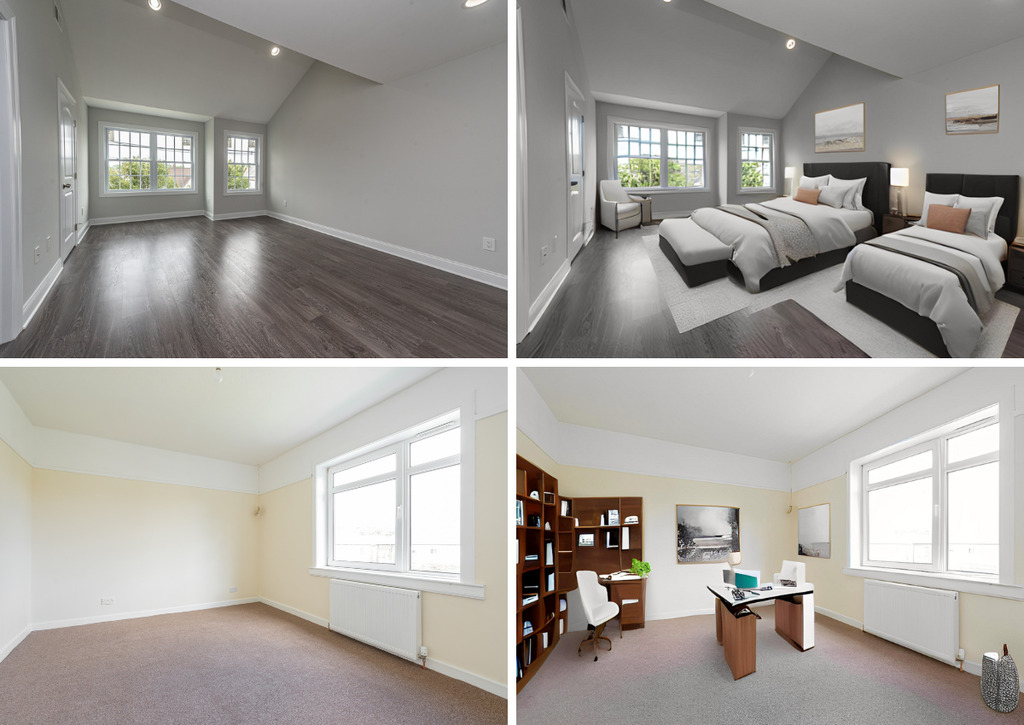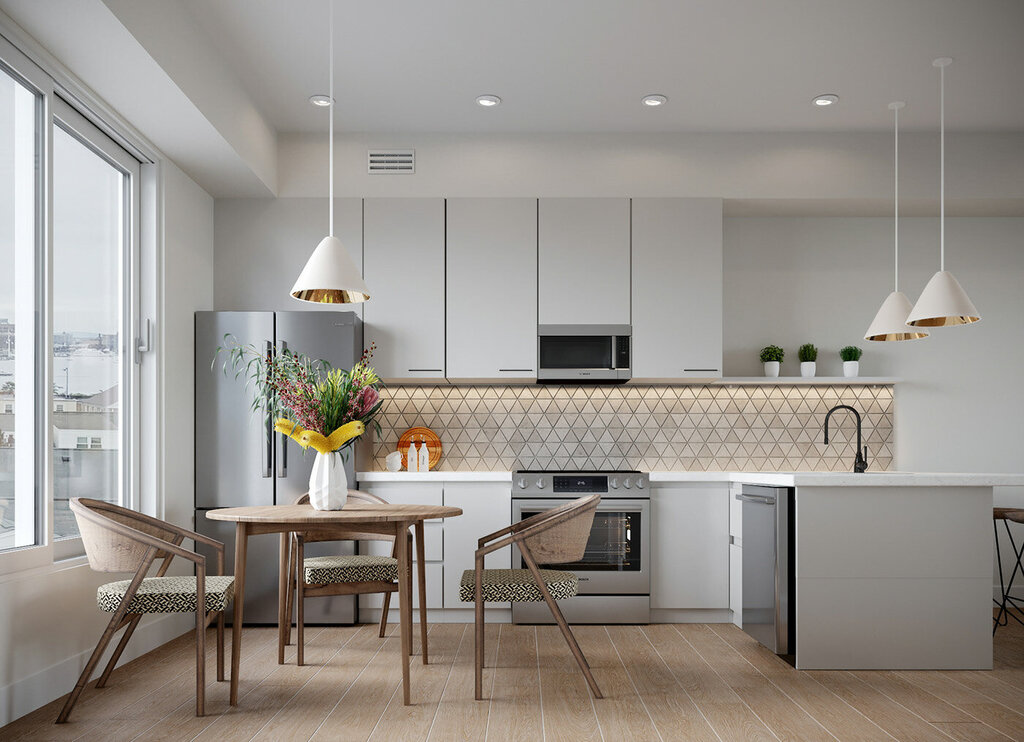Explore this post with:
In today’s competitive real estate market, the way you present a property can make all the difference in attracting buyers and closing deals. Two popular strategies, virtual staging and real (physical) staging, offer distinct advantages and challenges for sellers and agents. But which approach is right for your property and budget?
This comprehensive guide breaks down the key differences between virtual staging and traditional staging, outlining their unique pros and cons. Whether you’re a real estate professional aiming to maximize your listings’ appeal or a homeowner looking to sell faster and for more money, understanding these staging options will help you make the best decision for your goals.
Pros and Cons of Virtual Staging

Pros
Cost-effective Solution: Compared to traditional staging, which entails the rental and arrangement of actual furniture, virtual staging is frequently more affordable. This might be very helpful for vendors who want to save costs.
Versatility and flexibility: Virtual renovation offers the most versatility possible when it comes to transforming a space. To maximize the property’s attractiveness to a variety of audiences, design components, color palettes, and furniture configurations may be readily changed to accommodate a wide range of tastes and preferences.
Effective Time Management: Physical setup and coordination are time-consuming aspects of traditional staging. Conversely, virtual staging makes quick and easy changes possible, which speeds up the marketing of homes.
Highlighting Potential: By highlighting a property’s main characteristics, virtual staging may bring out all of its potential. This may help potential buyers see the possibilities of the space, which can be very helpful for unoccupied properties.
Cons
Lack of Tangible Experience: The tactile sensation that comes with real staging is absent from virtual staging. It might be difficult for buyers to determine how big and how the room actually feels, which could cause expectations and reality to diverge.
Dependence on Technology: The use of technology, particularly professional graphic designers and high-quality photos is essential to virtual staging. Improper execution might lead to unrealistic results, which would be bad for the listing’s reliability.
Limited Personalization: Although virtual staging is more adaptable than physical staging, it cannot have the same level of individualized attention. It might be harder for buyers to emotionally connect with a house that is only displayed with digital enhancements.
Potential of Misrepresentation: Virtual staging carries the potential of misrepresentation if it sets up unrealistic expectations. To preserve transparency and build confidence with prospective buyers, it is important to make sure that the digitally enhanced photos appropriately depict the property’s present state.
Pros and Cons of Real Staging

Pros
Authenticity & Tangibility: Real staging gives prospective buyers a hands-on, interactive experience by letting them engage with the space. Since actual furniture and décor are used, the presentation appears more realistic and customers can more easily picture themselves living there.
Emotional Connection: When a house is physically staged, it helps buyers form a closer emotional bond with it. Real furniture may create a homey, cozy atmosphere that can arouse positive emotions in potential buyers and help them feel a personal connection to the space.
Enhancement of Professional Photography: Beautiful photographs that highlight the full potential of the property are frequently produced by real staging in conjunction with professional photography. This may greatly improve the listing’s overall appeal and draw in more interest from buyers in the future.
Aesthetic Quality: Since experienced stagers meticulously choose furniture and other decorative items that enhance the property’s visual attractiveness, real staging permits a high degree of aesthetic quality. The end effect is a refined and welcoming space that may have a favorable impact on buyers.
Cons
Higher Costs: Hiring or buying furniture, décor, and the services of experienced stagers may be expensive, which is one of the main disadvantages of genuine staging. For sellers, this may be a financial hardship, particularly if the property is listed for a long time.
Logistical Challenges: Real staging entails the actual moving and setting up of furniture, which may be demanding and time-consuming. The length of time the property is on the market might be impacted by staging-related delays or problems.
Limited Flexibility: Unlike virtual staging, physical staging is less adaptable when it comes to last-minute changes. Once furniture is arranged, it may become difficult or time-consuming to make modifications, which reduces the staging’s capacity to adjust to changing consumer tastes.
Maintenance Concerns: To guarantee that the house stays immaculate for showings, real staging requires constant care. The upkeep expenses of actual staging are increased by furniture wear and tear and the requirement for frequent cleaning.
Bottom Line
Your choice of staging approach will depend on how well it fits your objectives and available budget. When deciding between virtual vs. real staging, carefully weigh the benefits and drawbacks in relation to your particular property and target market.
Explore Further:
About the Author: Nishant Desai
Nishant Desai has over 8+ years of experience in SEO and blogging. His blogging expertise can organically increase online visibility and traffic for blogs and websites. With his SEO expertise, he has already contributed to iGeeksblog, Firstsportz, and Firstcuriosity. In addition, he can create content strategies, conduct keyword research, publish optimized blogs, and resolve technical issues.




